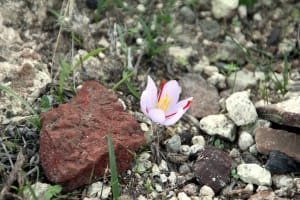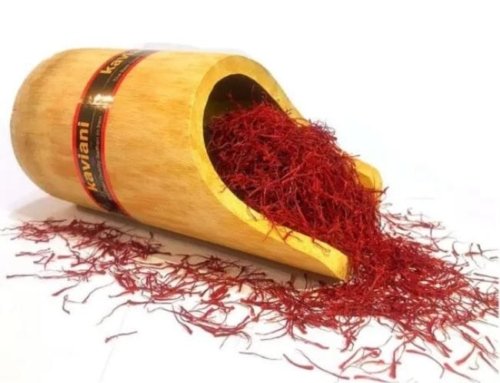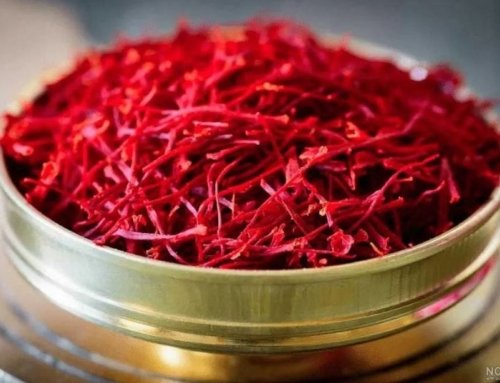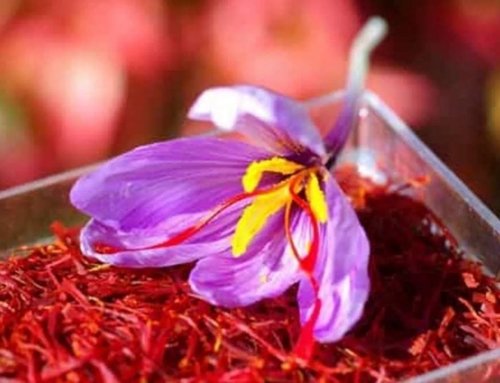Predicting the supply of 10,000 tankers to saffron farms in Sarayan
The director of Jihad Keshavarzi Sarayan said: it is predicted that by the end of the saffron harvest season, about 10,000 tankers, equivalent to 140,000 cubic meters, will be supplied with water to saffron fields.
Musa Soleimani in a planning meeting regarding water supply to saffron farms said: Due to climate change in the region, drought crisis and the continuation of this phenomenon, depletion of aqueducts, drying of a large number of aqueducts, especially in the foothills of water supply to saffron farms by tanker alone The way of salvation and the window of hope is to quench the thirst of saffron fields.
He continued: Sarayan with a cultivation area of 2625 hectares and production of 10 tons of saffron is the second largest saffron producer in the province, with more than 20% of the saffron cultivation area equivalent to 525 hectares of saffron farms in Sarayan city located in mountainous areas.
The director of Jihad Keshavarzi Sarayan added: Currently, 780 direct farmers make a living by planting and harvesting saffron, and considering that most of the income of the people of the foothill villages is from saffron, if the necessary support for water supply to saffron farms is not provided, saffron farms will be thirsty. It will happen and we will see people migrating from the villages.
Soleimani said: Due to the high cost of water supply, farmers are ultimately saving and incomplete irrigation, and if irrigation is not done to saffron fields or is done incompletely, saffron bulbs will be destroyed and we will face a decrease in saffron production performance per unit area. Which disappoints the farmers of the region.
He pointed out that 525 hectares of saffron plantations are located in the foothills: 25% of these farms should be irrigated by tanker and with each tanker 120 square meters of land is irrigated.
The director of Jihad Keshavarzi Sarayan continued: It is predicted that by the end of the saffron harvest season, about 10,000 tankers, equivalent to 140,000 cubic meters, will be supplied with water to saffron fields.
Soleimani added: the cost of mobile water supply by tanker to saffron farms varies according to the distances of saffron farms, but the average cost of each tanker is calculated at 500,000 rials, which is estimated to require a credit of at least 5 billion rials to implement this project. .
He specified: water supply to saffron fields will start from the end of September and will continue until the end of the saffron and alum harvest season.
The director of Jihad Keshavarzi Sarayan pointed out: In the last few years, no credit has been allocated by the Crisis Management Headquarters for water supply to saffron fields, and farmers have provided water to saffron fields at their own expense.



![Exporting Saffron to Turkey + Price Guide [Complete 0 to 100]](https://www.rowhanisaffron.com/wp-content/uploads/f1-372-500x383.jpg)




Get Social